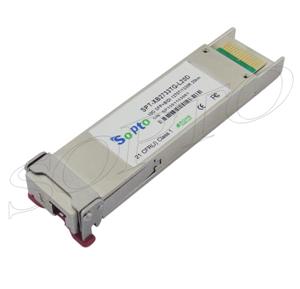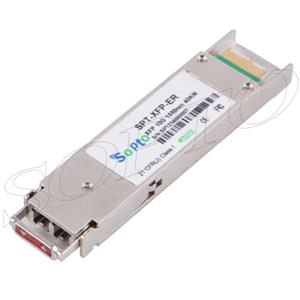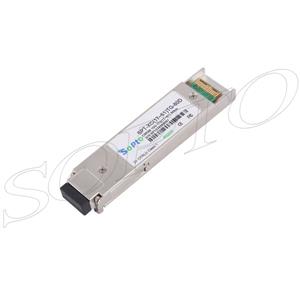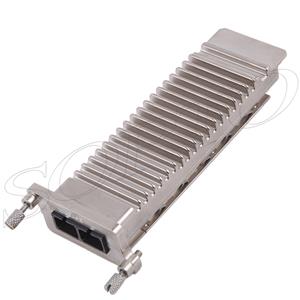-

- Sopto Home
-

- Special Topic
-

- Module Knowledge
-

- Network Convergence on the Photonic Layer Part 2
Module Knowledge
- Tips for Buying 10G XFP Transceivers
- XFP Transceivers for Telecommunications
- Three Types of Ethernet SFP Transceiver Modules Introduction
- Info about High Density CXP Optical Module
- Multipurpose CFP Optical Modules
- Info about CFP Management Interface
- SFP+ Transceivers Short Range Module Overview
- 3 Reasons Every Network Needs GLC-LH-SM Transceiver
- Is the GLC-SX-MM Transceiver Right for Your Switch?
SOPTO Special Topic
Certificate



Guarantee
Except products belongs to Bargain Shop section, all products are warranted by SOPTO only to purchasers for resale or for use in business or original equipment manufacturer, against defects in workmanship or materials under normal use (consumables, normal tear and wear excluded) for one year after date of purchase from SOPTO, unless otherwise stated...
Return Policies
Defective products will be accepted for exchange, at our discretion, within 14 days from receipt. Buyer might be requested to return the defective products to SOPTO for verification or authorized service location, as SOPTO designated, shipping costs prepaid. .....
Applications
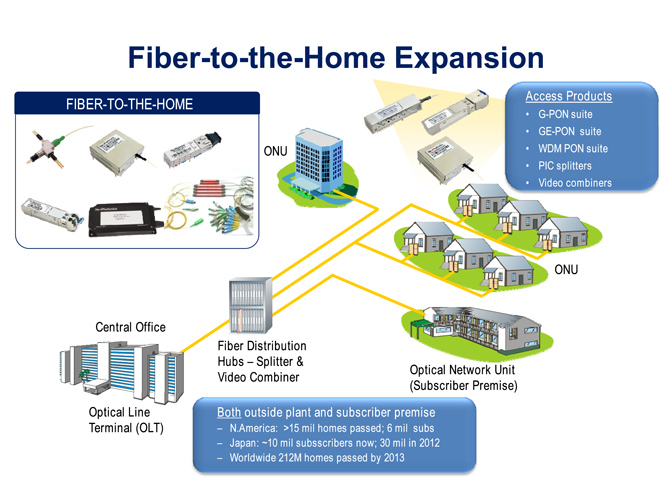 Fiber Optic Transceiver Modules can be applied to these occasions or fields.
Fiber Optic Transceiver Modules can be applied to these occasions or fields.
Ethernet
IPTV
FTTX
Security
Video Monitor
SDH/SONET
Data Communication
Storage Area Networks
SOPTO Products
- Fiber Optic Transceiver Module
- High Speed Cable
- Fiber Optical Cable
- Fiber Optical Patch Cords
- Splitter CWDM DWDM
- PON Solution
- FTTH Box ODF Closure
- PCI-E Network Card
- Network Cables
- Fiber Optical Adapter
- Fiber Optical Attenuator
- Fiber Media Converter
- PDH Multiplexers
- Protocol Converter
- Digital Video Multiplexer
- Fiber Optical Tools
- Compatible
Performance Feature
Stable
Low cost
Small size
Economic
Dust-proof
High speed
Hot-pluggable
Good EMI, EMC
Wide appliaction field
DDM function available
Long transmission distance
Good Anti-static performance
Module Knowledge
Recommended
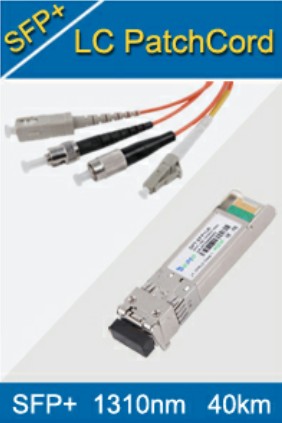
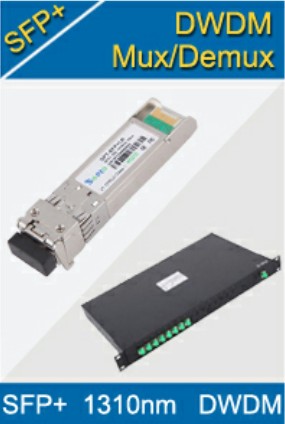
Network Convergence on the Photonic Layer Part 2
The Cisco DWDM XENPAK supports digital optical monitoring (DOM) capability according to the industry-standard SFF-8724 Multi Source Agreement (MSA). This feature gives the end user the ability to monitor real-time parameters of the XENPAK, such as optical output power, optical input power, temperature, laser bias current, and transceiver supply voltage. Digital optical monitoring enables network administrators to view the optical network physical layer performance through proactive monitoring and management of ports and links and enables optical management capabilities, without the usage of complex optical tools that are not well known and supported by enterprise network operators. Digital optical monitoring is supported on DWDM XENPAKs with Cisco IOS® Software Release 12.2(18) SXE on Cisco Catalyst 6500 Series Switches. The real-time digital optical monitoring parameters can be gained using a command-line interface or by using the SNMP interface.
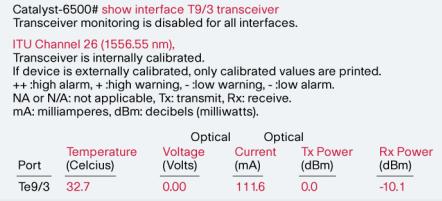
Figure 3 DOM Output of a DWMD XENPAK Device at ITU Channel 26
Figure 3 shows the output of a 10Gbps DWDM XENPAK device. The measurement has been performed with a single DWDM XENPAK interconnected with a loopback cable via a 10 dB attenuator. The internally calibrated transmitted power is 0.0dBm and is above the -1.0dBm minimum transmitter power specified in the data sheet. The measured received optical input is -10.1dBm caused by the attenuator and connector losses. The specified minimum optical input power is -24dBm, giving a power budget of 23dB.
A more detailed command line output including the threshold values for temperature, current, voltage and optical TX/RX values is shown by executing the command “show interface transceiver detail”. To enable threshold notification for all sensors in the transceivers the command “SNMP-server enable trap transceiver” has to be made. Enabling transceiver monitoring is done with the command “transceiver type all”.
Traditional DWDM solutions are using fixed-channel filters that can add and drop specific channels or bands of wavelengths.
The components of these systems are passive and do not require any electrical connections, enabling a very low-cost optical solution if combining with DWDM transceiver pluggables. Such a system consists of add-drop modules covering various channel ranges, optical splitters or combiners to connect add-drop modules, and optical amplifiers to amplify the signal and variable optical attenuators (VOA) to equalize the optical power of channel groups.
.jpg)
Figure 4 Fixed-Filter Based DWDM Components (Add Path)
Figure 4 shows the components of an add path, where six 10 Gigabit Ethernet XENPAKs are multiplexed on a single fiber. The system consists of two 2-channel add modules, one 8-channel add module, a 4:1 combiner, a variable optical attenuator, and an optical amplifier to move beyond typical campus distances.
Additional channels can be added easily without service interruption to the existing 8-channel add module, but also an additional module can be connected to the free combiner port. The system shown is connected in a parallel layout with x:1 combiners, but also linear layouts are possible. The layout depends on the balance between the highest degrees of flexibility compared with the better channel power equalization.
In next page, we will finish this article. For more information, please browse our website or contact a Sopto representative by calling 86-755-36946668, or by sending an email to info@sopto.com.
You May Like:





-180x180.JPG)

